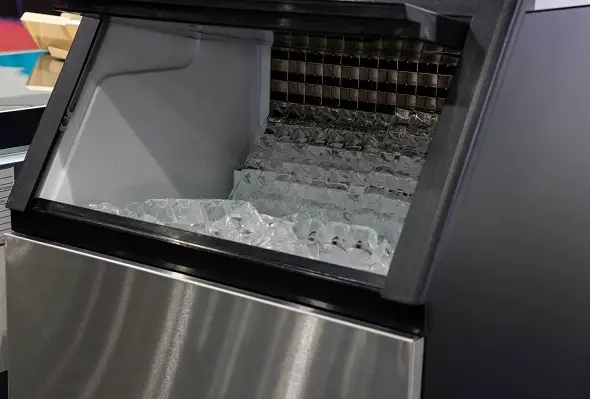Ice makers are generally very low-maintenance machines. A big part of maintaining your ice maker is simply keeping it clean.
This is not just important for the performance and longevity of the ice maker; it also ensures you get good quality and safe to eat ice.
Luckily, cleaning an ice machine is easy, quick and straightforward. We’ll show you how to go about it for different types of ice makers.
Note that these are just general guidelines. The cleaning process and products for your specific ice machine may vary.
Before you do anything, read the user manual for cleaning and maintenance instructions.
How to Clean a Portable/Countertop Ice Maker
How to Deep Clean a Portable Ice Maker
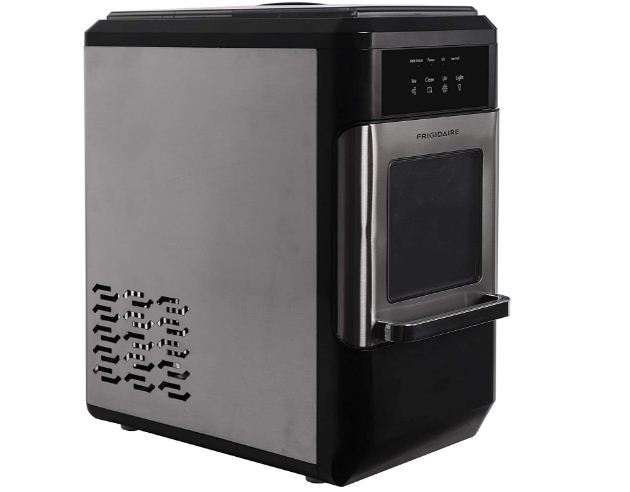
Countertop and portable ice makers have a simple design that makes it easy to access and clean the inside and outside.
It should take just a few minutes to do a deep clean. All you need is a cleaner.
Use a gentle cleaner - no abrasives, no solvents and no harsh chemicals. The safest cleaner to use is either a manufacturer-approved cleaner or a homemade solution consisting of warm water and dish soap.
How to Sanitize a Portable Ice Maker
Regularly sanitizing an ice maker prevents the buildup of bacteria, mold, and mildew.
You can use an ice cleaner sanitizer or make your own sanitizer at home by mixing a tablespoon of bleach in two quarts of warm water.
Use a soft cloth dipped in the sanitizer solution to wipe the inside of the ice maker. Use a soft brush to reach any tight areas.
Alternatively, put the sanitizer in a spray bottle and spray it inside the ice maker. With a spray bottle, it’s easier to reach hidden areas.
Finish by rinsing the ice maker with a cloth dipped in clean water.
If you have a self-cleaning ice maker, you can sanitize the ice-making system by adding the sanitizer solution to the reservoir and then activating the cleaning program. Repeat with clean water to rinse the system.
Tip: After deep cleaning or sanitizing an ice maker, the first batch of ice you make afterwards may taste a little off. We recommend discarding it.
How to Clean an Undercounter or Freestanding Ice Maker
How to Deep Clean an Undercounter/Freestanding Ice Maker
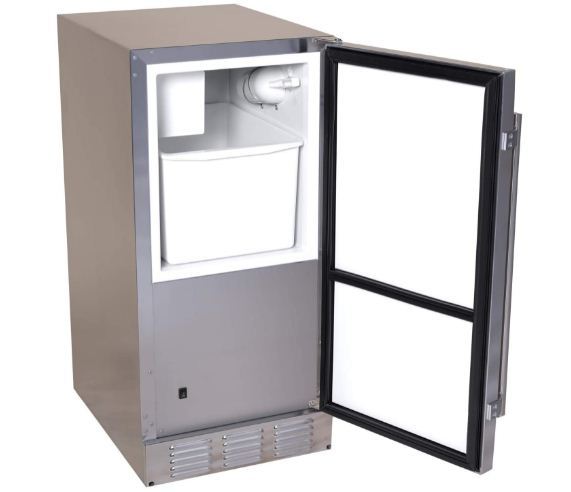
Virtually all under-the-counter ice machines have a self-clean function, making them easier to clean, descale and sanitize every part of the ice maker.
The specific cleaning process varies from brand to brand, so check the user manual for how to clean your particular ice maker.
In some machines, you may need to open up a panel to access certain components.
Put everything back together and turn the water supply back on.
Finish by cleaning the air filter. Most undercounter and freestanding ice machines are air-cooled, so they have an air intake with a washable filter that needs to be cleaned regularly.
Consult the manual to locate the location of the filter. Open up the cover to access and clean the filter.
Some filters only need to be dusted, while others can be rinsed under a tap. Check your manual for filter cleaning instructions.
Also, clean the area around the air intake.
How to Sanitize an Undercounter/Freestanding Ice Maker
Mold, mildew and bacteria can easily form in the moist interior of an ice maker. So, it’s important to sanitize it often.
Check if the manufacturer of your ice maker sells an ice machine sanitizer (this is different from an ice machine cleaner).
You can also make your own sanitizer at home by adding a tablespoon of bleach to two quarts of warm water.
Add the sanitizing solution to the ice maker reservoir and run a clean cycle. This will sanitize the ice-making system.
After it’s done, drain the reservoir and add fresh water. Run another cleaning cycle to rinse the system.
Make another sanitizing solution and add it to a spray bottle. Spray the inside of the ice machine to sanitize all the surfaces that come into contact with ice.
Do a final wipe down with clean water and a soft cloth.
How Often Should I Clean My Ice Machine?
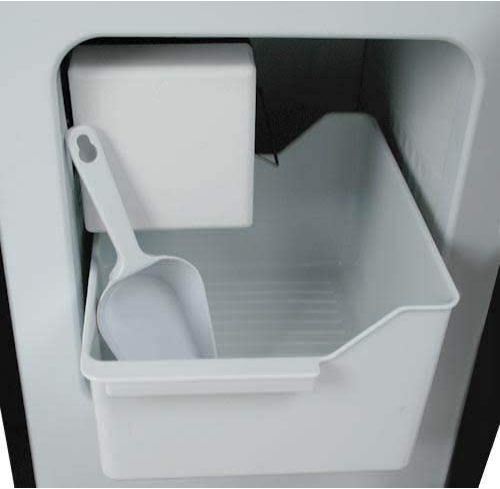
Check if the user manual has a recommended cleaning period. But it’s usually every 3-6 months.
If you live in an area with hard water, we recommend doing it more frequently (perhaps monthly) to prevent scale buildup.
Ice makers with a self-clean function will alert you when it’s time to do a deep clean.
How Often Should I Sanitize My Ice Machine?
For sanitizing, we recommend doing it every week to keep the ice maker clean and hygienic. Disinfect the bin and other interior components that you can access.
As for the ice-making system, sanitize it every quarter using the self-cleaning function.
Signs You Need to Clean Your Ice Maker
Even if your ice maker doesn't have an automatic reminder for cleaning, you’ll notice a few things different with it and the quality of the ice that will clearly indicate that it's time for you to clean it, such as.
What Kind of Water Should I Use in a Portable Ice Maker?
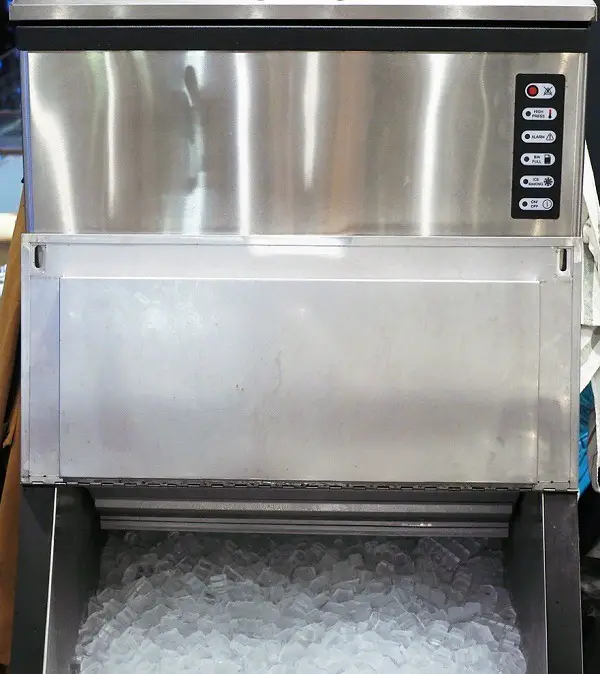
Most portable ice maker manufacturers recommend using distilled, filtered or bottled water.
This reduces the formation of scale inside the ice maker and ensures the best quality ice.
If possible, avoid using hard water at all. Some portable ice makers won’t make any ice if water hardness is above a certain level.
If you live in a hard water area, invest in a whole house water softener. Alternatively, buy bottled water for the ice maker.
Should I Add a Filter to an Ice Machine?
If you have a plumbed-in ice machine, it’s a good idea to install an inline filter.
It’ll catch impurities that can affect ice quality and cause buildup inside the machine.
A basic activated carbon water filter is adequate.
Alternatively, you can connect the ice machine to an under-sink water filter or an RO system to supply already-filtered water to the ice maker.
If you live in a hard water area, we highly recommend installing a whole house water softener to ensure your ice maker is receiving soft water.
Scale in hard water can significantly affect the performance and lifespan of your ice machine.
How Do I Descale My Ice Machine?
The deep cleaning process we described above also descales your ice machine.
There’s no need to carry out a separate descaling process. Just make sure you deep clean with the right cleaner.
Store-bought ice machine cleaners do a great job getting rid of limescale.
Homemade cleaners with vinegar or lemon juice are also excellent descalers.
How to Get Rid of Mold and Mildew in an Ice Machine
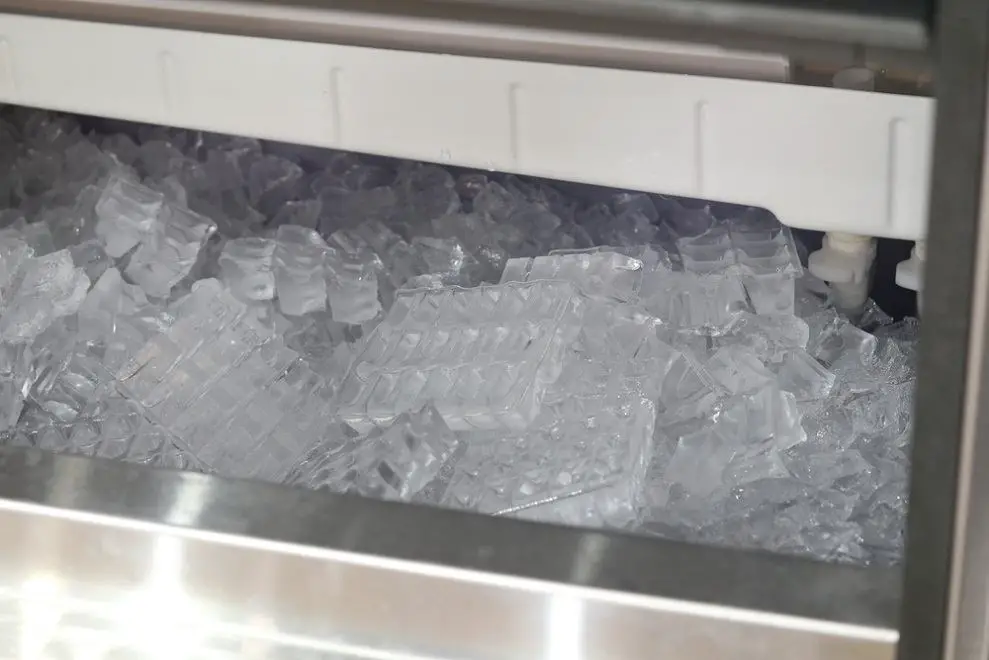
If you notice mould or mildew spots in the ice maker, you need to sanitize the entire machine. Check our step-by-step sanitizing process above.
You can use a store-bought ice machine sanitizer or make your own using bleach and water.
Sanitize the ice-making system (using the self-clean program), as well as the interior of the ice machine and the exterior. Make sure you reach hidden areas where mold may be hiding.
Note that regular cleaning and sanitizing of the ice machine is the best way to keep bacteria, mold and mildewfrom growing in the first place.
How to Clean An Ice Shaver or Crusher
If you also have a shaved or crushed ice machine, it’s essential to keep it clean.
Luckily, ice shavers and crushers are much easier to maintain since they don't hold water and don't have any plumbing either.
Usually, all you need to do is wipe the machine dry after every use to prevent mold and mildew growth.
Every now and then, take apart any removable components and wash them.
As a preventative measure, regularly spray the inside and outside with a vinegar and water mixture.

